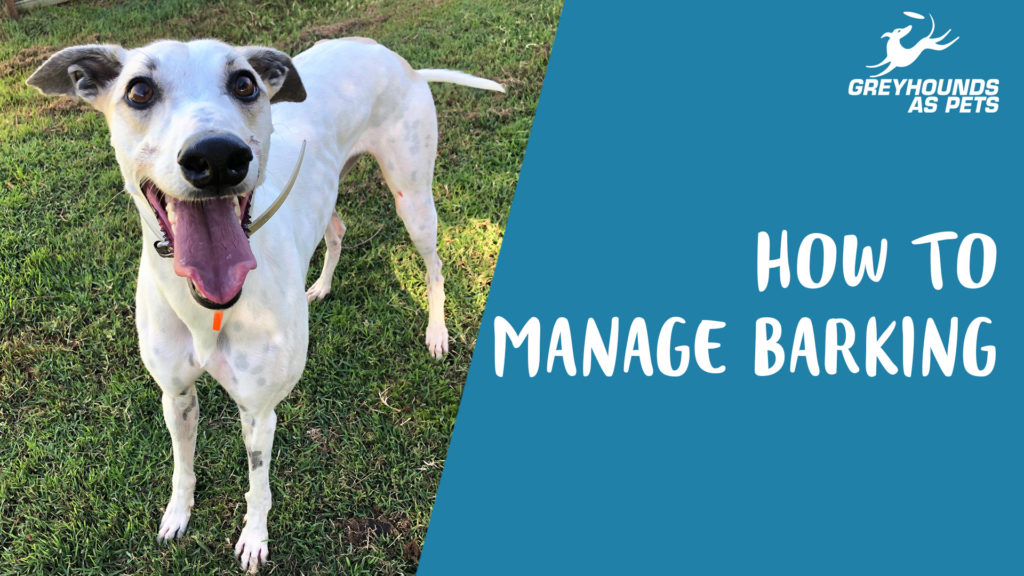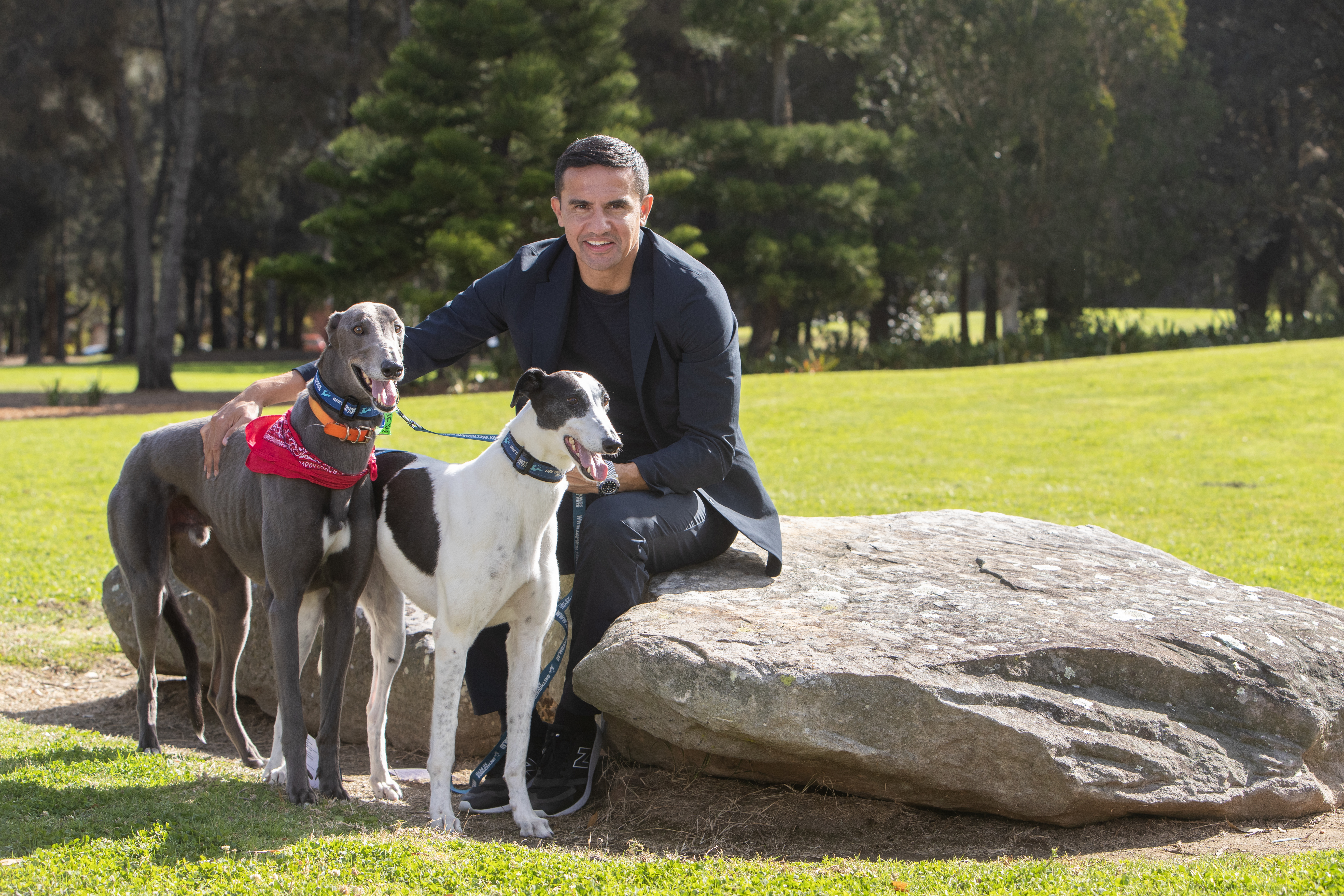
How to manage excessive barking
Barking is a natural behaviour for any dog, it’s a means of expressing themselves and communicating with you. Expecting a dog to never bark is unreasonable, much like expecting humans never to talk. The key to achieving a peaceful household is to understand what your dog is trying to tell you and then work together to find a solution that benefits both you and the neighbourhood!
It would be impossible to list every single reason that your dog may be barking, just like large variety of reasons we communicate to each other. It’s important to look at the dog’s behaviour as a whole to gather a true understanding of what your dog is trying to tell you. The underlying emotions behind the barking can usually be grouped into the following examples.
- “I want the scary thing to go away”: These dogs will usually be very stiff in their body, will have their weighted shifted in their back legs. If the threat does not remove itself these dogs may choose to flee or their behaviour may escalate to snapping or even biting.
- “I’m frightened and need support”: These dogs will often have lowered body postures, frantic movement, a tucked tail and may resort to other behaviours such as destruction in order to cope with their environment. This is common in dogs that are distressed when left alone.
- “I am startled by a sudden change in my environment!”: These dogs will be alert, have pricked ears and a high tail wag. This is common for dramatic events in a dog’s surroundings such as the doorbell ringing or unexpected people walking past.
- “I can’t do something that I want to do!”: Dogs that are frustrated will often have increased energy, a fast wagging tail and may jump up. This is very common when a dog sees something they want (like you!) and can’t access it.
- “I know something good is about to happen and I’m excited!”: These dogs will often have a fast wagging tail, bouncy way of walking, an open mouth and may show some play behaviour. Dogs that have learned to anticipate fun events (like a jingling lead meaning it’s time for a walk) may bark from excitement.
Once you recognise what your dog is trying to tell you, you can work on managing the barking. Again, make sure your expectations are realistic and that the underlying emotions are addressed. To manage problematic barking, the process is as follows:
- Understand what your dog is communicating: Helping a distressed dog will involve different strategies than a dog that is overexcited.
- Manage your dog’s environment: For dogs that are distressed, this involves minimising exposure to their triggers such as using visual barriers for dogs that are bothered by people passing by or walking a dog in less busy areas if they are bothered by other dogs. For dogs that are overexcited, this means participating in activities that promote calmness such as chewing and sniffing.
- Reward the behaviours you do like: Quiet dogs can get praise and treats. Dogs that are barking can get taught an alternative behaviour (such as holding a toy) and rewarded for that instead.
- Know when and who to ask got help: Certified dog trainers that focus on positive reinforcement (not aversive tools like shock collars or shaker cans) can help with teaching you and your dog alternatives to barking. For dogs with a high level of distress and/or anxiety, it’s best to seek a consultation with a veterinarian.
This approach focuses on the WHY of your dog barking and teaches your dog to feel safe and calm in your home. Patience and understanding will help you to have a quieter household and a great relationship with your greyhound.
More news
 Adoption Day Success At DaptoDecember 19, 2023 10:35
Adoption Day Success At DaptoDecember 19, 2023 10:35 Wellington Joins GAP Prison ProgramBy GRNSWDecember 04, 2023 17:21
Wellington Joins GAP Prison ProgramBy GRNSWDecember 04, 2023 17:21 Cahill Now A Hall Of Fame AmbassadorBy GAPNSWNovember 30, 2023 10:20
Cahill Now A Hall Of Fame AmbassadorBy GAPNSWNovember 30, 2023 10:20 How To Care For Greyhound NailsBy gapnsw.com.auOctober 23, 2023 11:35
How To Care For Greyhound NailsBy gapnsw.com.auOctober 23, 2023 11:35 Is Coconut Oil Your Dog's Best Friend?By GAPNSWOctober 23, 2023 09:36
Is Coconut Oil Your Dog's Best Friend?By GAPNSWOctober 23, 2023 09:36 Helping a Greyhound When Relocating Their Safe SpaceBy gapnsw.com.auSeptember 13, 2023 11:10
Helping a Greyhound When Relocating Their Safe SpaceBy gapnsw.com.auSeptember 13, 2023 11:10